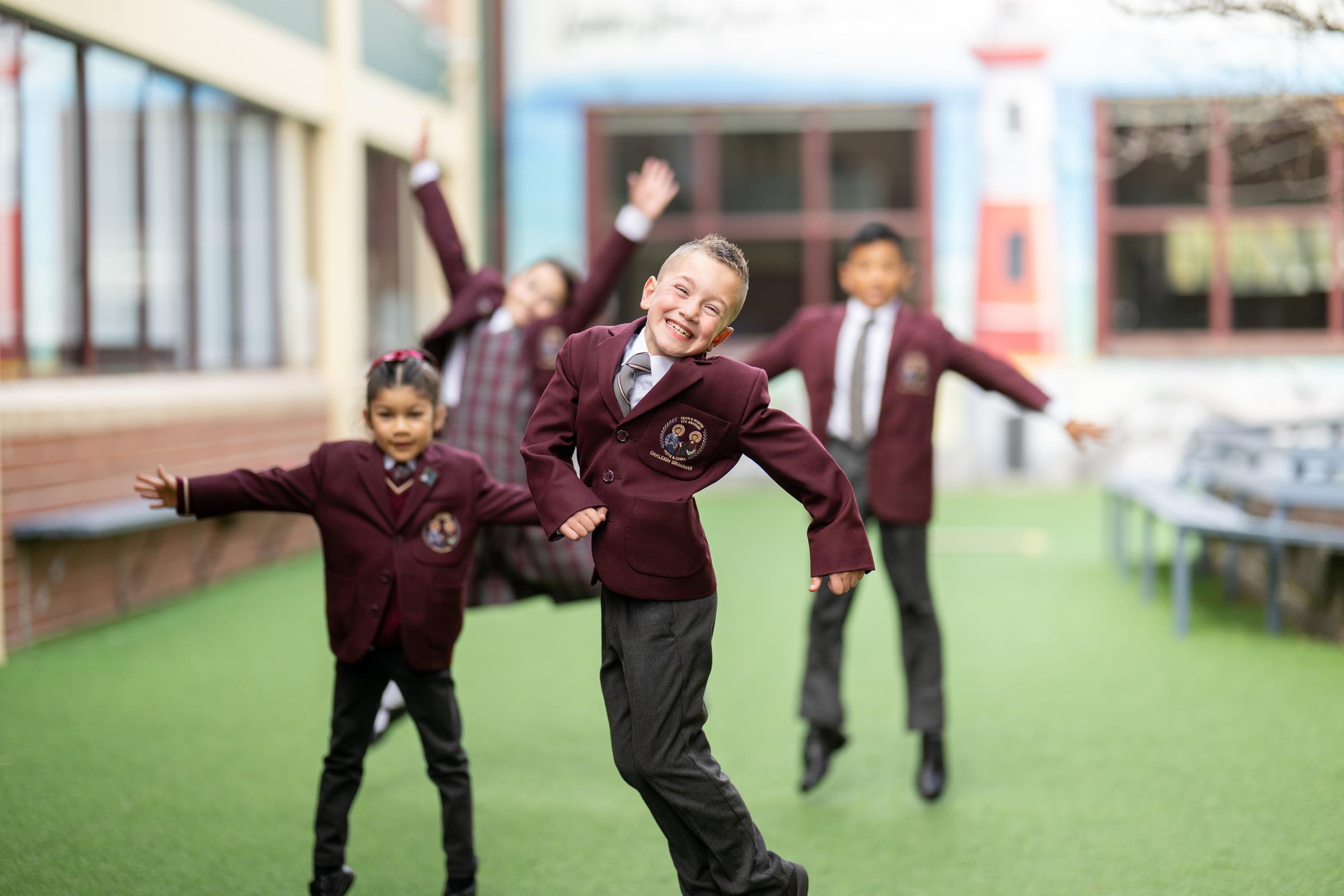Junior School

Writing in the Junior School
Writing experiences in our Junior School classrooms are reflective of the writing individuals do in their daily lives. Typically, we create written texts with a specific purpose and for an intended audience. We explore writing samples and unpack their intention – to persuade, to inform or to entertain. We identify the piece of the P.I.E.
Students engage in varied writing activities that build the foundations of what is required in completed piece of structured writing. These activities might include:
- Spelling activities to learn, review and apply spelling strategies within writing
- Grammar and punctuation tasks in isolation
- Word choice and impact of word placement
- Building a vocabulary word wall to support writing
- Exploring the structure of different fiction and non-fiction writing pieces
- Reading and being read to, increasing experiences of different text types
- Watching short clips to generate ideas
Whatever the purpose, or whoever the intended audience, composing texts involves a sequenced process. We begin with the generation of initial ideas. Where authentic, our writing choices are connected to experiences, allowing our students to draw on their feelings and thoughts to support their writing. As an example, Year 2 students have been writing descriptions of items from the past and present, connecting this to their History Unit and recent excursion. Year 4 students explored formal letter writing and wrote letters to local council, taking knowledge from their community walk and from their Civics Unit about the tiers of Government.
When composing considered pieces of writing that we intend others to read, this writing process usually follows a common structure:
- Planning and rehearsing: the generation, selection and sorting of ideas to write about, consideration of purpose and audience
- Drafting or composing: the recording of ideas with attention to meaning making, grammar, spelling, punctuation and handwriting or typed pieces of work
- Revising: the revisiting of the text (often as a result of feedback from peers and/or the teacher) to improve and enhance the writing
- Editing and proofreading: the polishing of the draft in readiness for publication, which includes editing for spelling, text layout, grammar, capitalisation and punctuation. At this stage students will also complete a self-reflection and checklist connected to their piece of writing.
- Publishing: the preparation of the text for sharing with an audience, with attention given to the form and style of the text.
We look forward to sharing some of our writing pieces, student checklists and developmental rubrics with you in our term 2 Continuous Reporting uploads.
Sarah Caffrey
Head of Curriculum - Junior School
